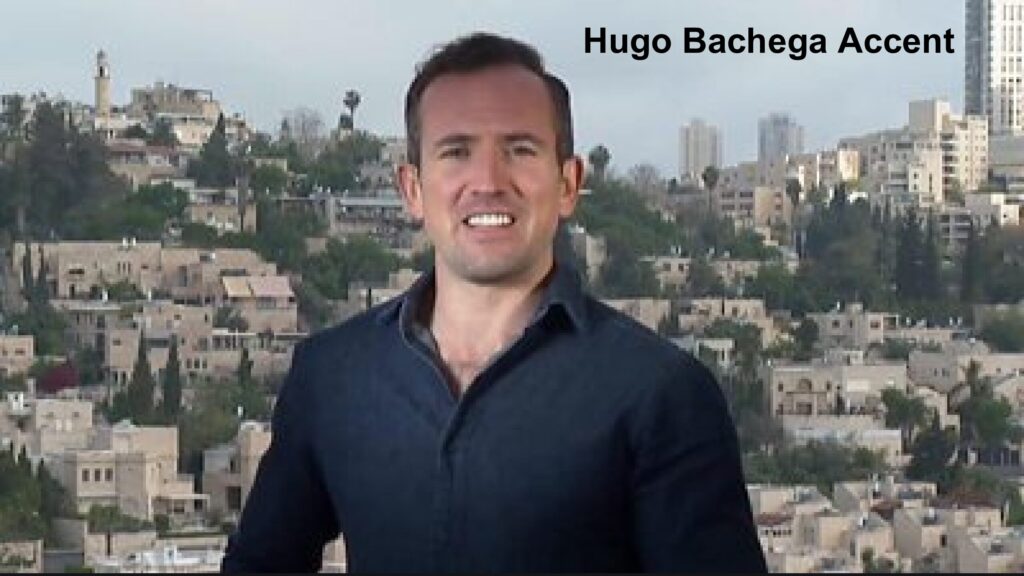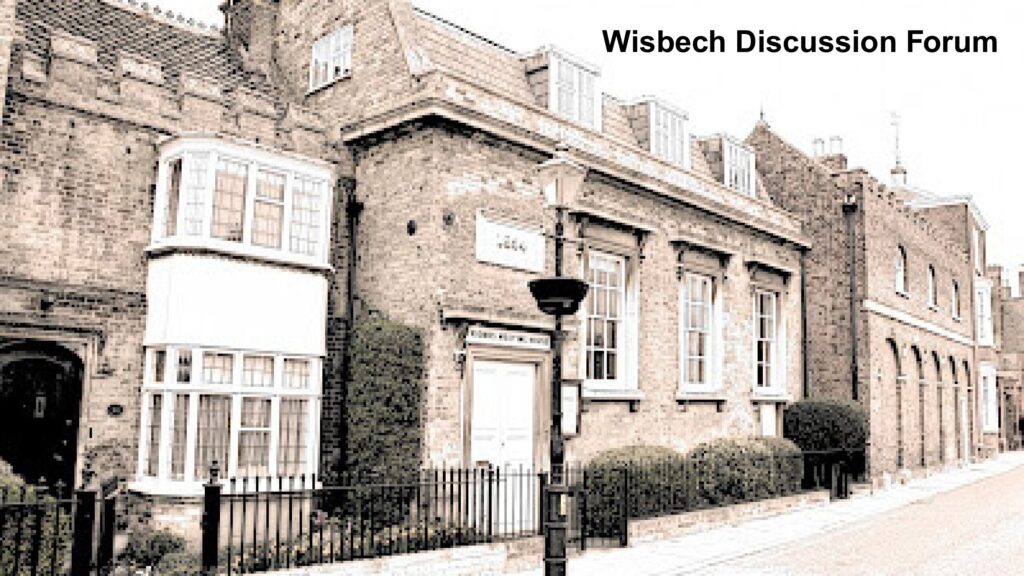Introduction
Hugo Bachega accent, which is widely identified for their attractive communication style, is a specific accent that focuses on fans and enthusiasts of the language equally. While many focus on their achievements or public personality, their pronunciation provides a unique window in linguistic nuances that often go to anyone’s attention. For the enthusiastic people of the language, the study of the pronunciation of Hugo Bachega can be both educational and attractive, stating how regional effects, phonetic patterns, and speech rhythms contribute to a person’s communication style.
Understanding the accent is more than a curiosity – it is a way to appreciate linguistic diversity, recognize patterns in speech and find out how we speak of personal identity and regional heritage. The pronunciation of Hugo Bachega provides an ideal case study for these insights, making it a compelling subject for anyone interested in the language.
Understanding Hugo Bachega accent
The pronunciation of Hugo Bachega stands out due to regional effects, clear accents and its unique combination of microscopic idiosyncrasies. Unlike the standard forms of speech, their pronunciation reflects both his upbringing and communities he has lived throughout his life. The flow of their words often carries a rhythm and tone that both are acceptable and attractive, making it easy for the audience to join their message.
Enthusiasts of the language often note that the pronunciation of Hugo Bachaga displays a careful balance between clarity and individual expression. Some vowel sounds are slightly prolonged, while the consonant is crisp -pronounced, which gives their speech a recognizable pattern that still seems to be different. These symptoms make Hugo Bachaga accent a rich subject for linguistic analysis, explaining how subtle variations in speech can affect perception and communication.
Moreover, studying Hugo Bachega’s accent provides clues about his regional roots. Linguistic experts often trace phonetic tendencies to specific geographic areas, and his accent includes markers that hint at local influences without straying into a heavily localized dialect. This blend of regional and widely understandable speech contributes to his appeal across diverse audiences.
Linguistic Features of the Accent
Examining the Hugo Bachega accent reveals several notable linguistic features that can intrigue language enthusiasts. First, the phonetic patterns in his speech are distinct. Certain vowel sounds, such as long vowels, are emphasized, which adds a musical quality to his sentences. This emphasis also aids in comprehension, as listeners can more easily follow the flow of ideas.
Second, the consonant pronunciation in Hugo Bachega’s accent tends to be precise yet fluid. Unlike harsher or overly clipped accents, his consonants maintain clarity without sounding rigid, creating a natural cadence in conversation. Subtle shifts in consonant articulation reflect influences from both formal speech patterns and regional variations, demonstrating how an accent can evolve from multiple linguistic sources.
Intonation is another defining feature. Hugo Bachega often uses rising and falling tones strategically, conveying emphasis and emotion without overwhelming the listener. This dynamic use of pitch and stress adds depth to his speech, making even ordinary sentences feel engaging. Speech tempo also plays a role; he tends to speak at a measured pace, balancing between a relaxed rhythm and attentive clarity. For linguists, these patterns offer valuable data on how intonation, stress, and tempo collectively shape an accent’s identity.
Influence of the Accent on Communication
An accent is never merely a collection of sounds; it influences how a speaker is perceived. In the case of Hugo Bachega, his accent contributes significantly to his communication style. Audiences often find his speech approachable, confident, and relatable—qualities that are amplified by his distinct phonetic patterns and intonation.
The Hugo Bachega accent also strengthens his public presence. In media appearances, interviews, or live events, the clarity and rhythm of his speech help convey authority while maintaining warmth. This balance makes his messages memorable and easy to understand, which is a valuable asset in both professional and social contexts.
For language enthusiasts, observing the influence of Hugo Bachega’s accent on audience perception provides practical insights. It illustrates that how one speaks can be just as important as what is said. Accents convey cultural identity, personal history, and even emotional nuance, shaping interactions in subtle but meaningful ways.
Accent Comparison and Insights for Language Learners
Comparing Hugo Bachega accent to other well-known accents offers further insight for those interested in linguistic patterns. Unlike overly formal or highly regionalized accents, his speech strikes a balance that is both authentic and accessible. This makes it an excellent model for learners who wish to understand how accents evolve naturally over time.
For language learners aiming to study or emulate accents, Hugo Bachega provides several key lessons:
- Pay attention to rhythm and tempo: The flow of speech can affect clarity and comprehension.
- Observe vowel and consonant nuances: Small variations in sound can create a distinct accent without altering intelligibility.
- Notice intonation and stress patterns: How a speaker emphasizes words impacts both meaning and engagement.
- Blend regional and standard elements: A successful accent often reflects heritage while remaining understandable to a broad audience.
By analyzing these features, learners can develop a deeper appreciation for accents and apply similar techniques to their own speech practice. The Hugo Bachega accent, therefore, serves as both an example and a learning tool for anyone looking to refine their linguistic understanding.
Practical Tips for Studying the Hugo Bachega Accent
For those eager to explore Hugo Bachega’s accent in detail, several practical approaches can enhance learning:
- Active Listening: Regularly listen to interviews, speeches, or recorded conversations to internalize phonetic patterns and intonation.
- Phonetic Transcription: Write down sentences to identify how vowels and consonants are articulated.
- Shadowing Exercises: Repeat phrases immediately after hearing them, mimicking rhythm, tone, and stress.
- Comparative Analysis: Contrast his accent with other speakers in similar contexts to notice unique characteristics.
- Recording and Feedback: Record your own attempts and compare them to the original speech to identify areas for refinement.
By incorporating these methods, language enthusiasts can gain both analytical and practical insight into Hugo Bachega’s accent while improving their own accent recognition and production skills.
Conclusion
The Hugo Bachega accent is more than just a voice—it’s a reflection of cultural roots, linguistic patterns, and personal identity. Through careful observation, language enthusiasts can uncover valuable insights into phonetics, intonation, and communication strategies that extend far beyond one individual.
Analyzing Hugo Bachega’s accent highlights the importance of studying speech patterns as a way to understand human communication. His unique blend of regional influence, clear pronunciation, and engaging rhythm provides a rich case study for anyone passionate about language.
For language learners and enthusiasts alike, exploring accents like Hugo Bachega’s opens the door to a deeper appreciation of how speech shapes perception, connection, and identity. It’s a reminder that every accent tells a story—sometimes as compelling as the person who speaks it.


